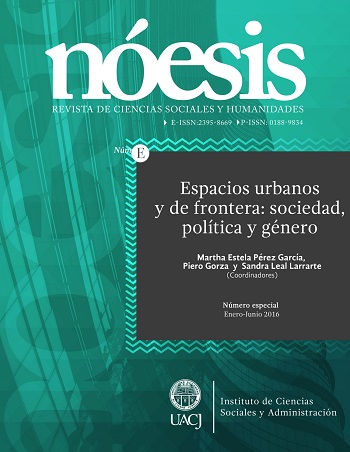The production of space and violence in cities of the global south: Evidence from Latin America
Drawing on primary and secondary research, this article assesses the spatial dynamics that underpin high rates of urban violence in Latin America. It argues that both the origins and responses to urban violence in Latin America have involved some sort of state ordering of territory, ranging from mod...
Saved in:
| Main Author: | |
|---|---|
| Format: | Artículo |
| Language: | eng spa |
| Published: |
Universidad Autónoma de Ciudad Juárez
2022
|
| Subjects: | |
| Online Access: | http://erevistas.uacj.mx/ojs/index.php/noesis/article/view/958 |
| Tags: |
Add Tag
No Tags, Be the first to tag this record!
|
| Summary: | Drawing on primary and secondary research, this article assesses the spatial dynamics that underpin high rates of urban violence in Latin America. It argues that both the origins and responses to urban violence in Latin America have involved some sort of state ordering of territory, ranging from modernist urban planning practices on the one hand to police control over urban spaces on the other. To the extent that efforts to impose social and spatial order in Latin American cities have both derived from and reinforced a history of squatter occupation, ambiguous property rights, and uneven distribution of services, thus producing a stark distinction between the so-called formal and the informal city, they have laid the foundations for urban violence. In what follows, we see how and why government efforts to create spatial and social order have produced this unfortunate state of affairs. The claim is that the assumptions and ideas underlying the imposition of modernist planning priorities and spatial practices in urban Latin America have inadvertently contributed to a set of inter-related spatial, social, economic, and political problems that have driven the cycle of urban violence. |
|---|---|
| ISSN: | 2395-8669 |
